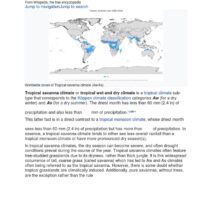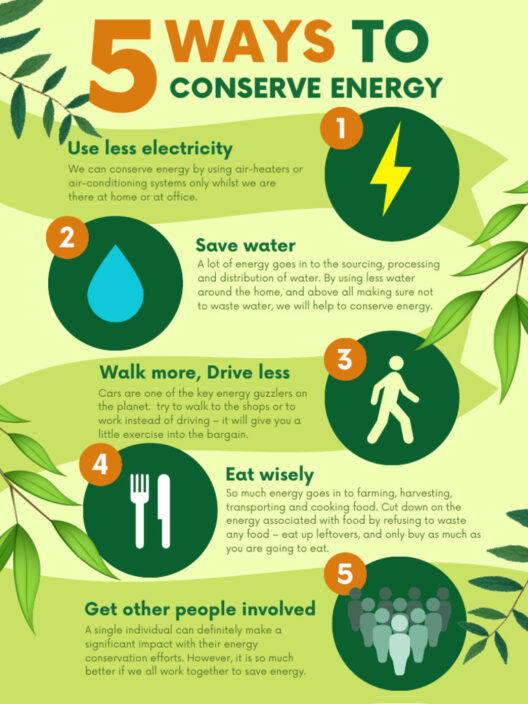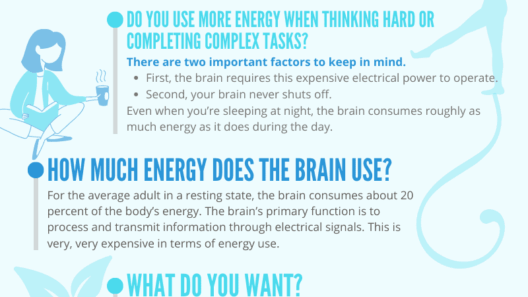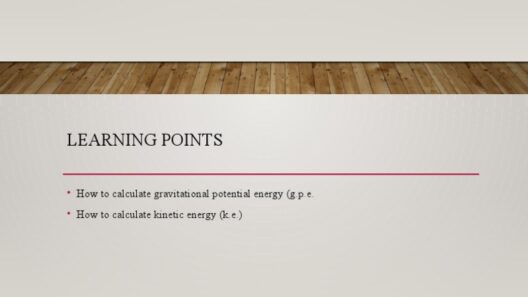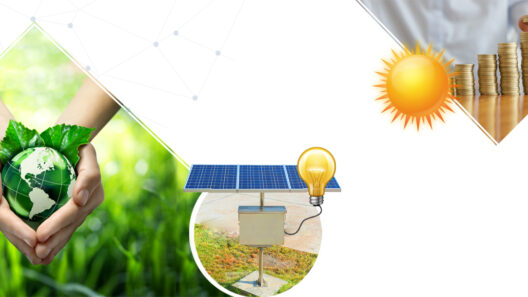Energy conservation is becoming increasingly critical in our quest for sustainability. Efficient energy management not only reduces costs but also diminishes environmental impact. Here are some expert tips to manage and conserve energy resources effectively.
1. Understanding Energy Consumption
Before implementing energy conservation strategies, it is vital to comprehend how energy is currently utilized. Conducting an energy audit enables households and businesses to identify areas of excessive consumption. Typically, energy audits reveal patterns, helping in pinpointing inefficiencies that can be rectified.
2. Implementing Energy-Efficient Appliances
A significant contributor to energy wastage is the use of outdated or inefficient appliances. Investing in Energy Star-rated appliances can lead to considerable savings on energy bills. These devices not only conserve electricity but often feature advanced technology that enhances performance while reducing resource consumption.
3. Leveraging Smart Technology
In our increasingly connected world, smart technology offers unprecedented control over energy consumption. Smart thermostats, energy management systems, and automation tools can optimize energy use based on actual needs. For example, smart thermostats learn user habits and adjust heating and cooling accordingly, preventing unnecessary energy expenditure.
4. Optimizing Heating and Cooling Systems
Heating and cooling typically account for a substantial portion of energy usage in any facility. Regular maintenance of HVAC systems is essential to ensure they operate at maximum efficiency. Procedures such as changing filters, sealing ductwork, and upgrading insulation can significantly reduce energy consumption. Moreover, programmable thermostats provide an effective means to control temperatures according to schedule, minimizing usage when spaces are unoccupied.
5. Utilizing Renewable Energy Sources
Transitioning to renewable energy sources, such as solar and wind, can drastically reduce reliance on fossil fuels. By incorporating solar panels or wind turbines, energy can be generated on-site, decreasing long-term costs and carbon emissions. In locations where renewable energy may not suffice, consider purchasing green energy credits to support renewable projects and offset carbon footprint.
6. Enhancing Building Insulation
Effective insulation plays a crucial role in temperature regulation within buildings. Inadequate insulation allows conditioned air to escape, increasing energy demand for heating and cooling. Investments in quality insulation materials for walls, attics, and floors, can yield significant savings by improving energy retention, thereby reducing the operational costs over time.
7. Promoting Behavioral Change
Human behavior often plays a critical role in energy consumption. Promoting awareness about energy-saving practices can lead to substantial reductions in resource use. Simple changes, such as turning off lights when not in use, unplugging electronics, and utilizing natural light during the day, can collectively have a significant impact. Educational campaigns can foster a culture of energy consciousness in both residential and corporate environments.
8. Encouraging Water Conservation
Energy and water consumption are intricately linked. The process of heating water consumes substantial energy; hence, water conservation translates to energy conservation. Installing low-flow fixtures, fixing leaks promptly, and utilizing rainwater harvesting systems can lead to dual benefits—conserving both water and the energy expended in its treatment and distribution.
9. Engaging in Community Initiatives
Connecting with local groups engaged in energy conservation can amplify efforts at the individual level. Community initiatives, such as neighborhood energy challenges or collective purchasing agreements for energy-efficient products, create a platform for sharing resources and knowledge. Collaborating can also lead to larger-scale impacts, such as community solar projects or urban greening initiatives, which help mitigate climate change.
10. Monitoring and Continuous Improvement
Energy management is not a one-time engagement but a continuous process. Regularly reviewing energy consumption patterns and seeking feedback on improvement methods can lead to a cycle of continual progress. Tools such as energy management software can track consumption in real time, providing insights that inform better decision-making.
Conclusion
To effectively manage and conserve energy resources, a multifaceted approach is paramount. From technological advancements to community involvement, there are various strategies to optimize energy efficiency. As individuals and organizations embrace these practices, the collective impact on energy consumption can lead to a sustainable future, offering benefits not only economically but also environmentally. Continual commitment to understanding energy dynamics and implementing efficient practices is essential in our collective journey toward sustainability.

